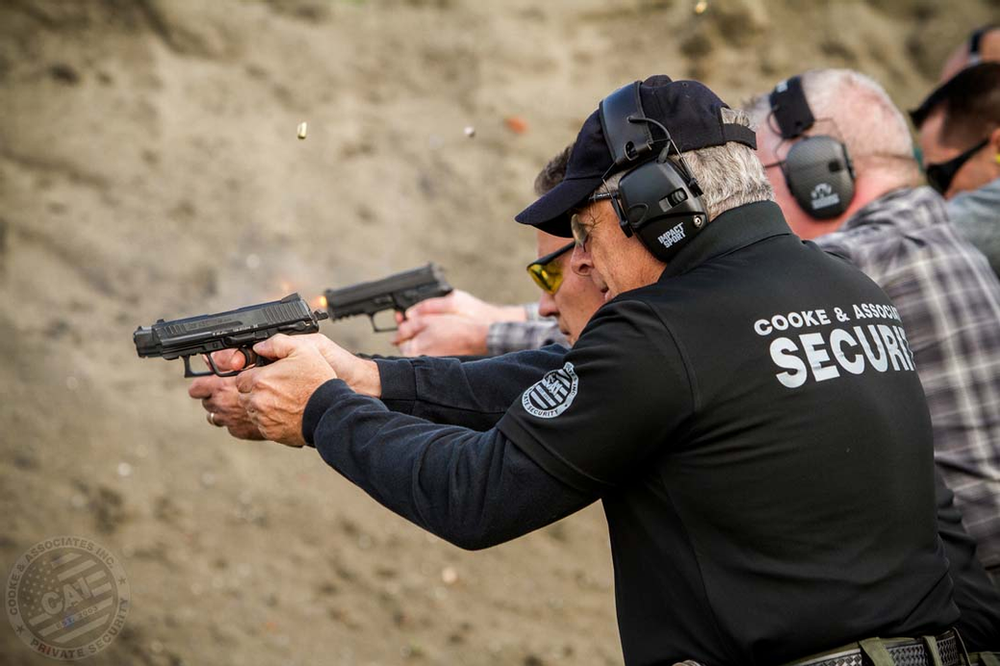This article is the third of a three part series exploring the evolution of protective services. To read the first article, click here, and to read the second article, click here.
As we discussed in the previous two articles, executive protection has evolved quite a bit over the years. From the rise of overt bodyguards in suits and ties to the nearly undetectable protection desired in the dot com era, today’s executive protection services offer a combination of different tactics based on a customized protection strategy developed according to the client’s specified needs.
While clothing and appearance have become a substantial part of the approach to providing effective covert protection, perhaps the most notable difference in current executive protection is the level of training offered.
Increased levels of training
Support for large “official” military involvement has steadily decreased since 9/11, so private defense contractors have taken on a more prominent role. In the words of a report by the International Peace Research Institute, “private contractors fill the gap between geopolitical goals and public means.” In the 2000’s there was a substantial use of Private Military Contractors (PMCs) for overseas protection work in places like the Middle East. As the need for constant protection in the Middle East decreased, those contractors came back home looking for protection work. They were quick to obtain executive protection roles stateside, but clients soon found little use for services of that nature. Although these individuals had the military training and hard tactical skills, they were no use outside the war zone in a business environment due to their lack of soft skills.
Increased executive protection presence means that clients expect more from the protective agents they hire. And as executive protection becomes more common, the quality standards heighten.
Protection personnel are often trained to the standards of the organization, which lowers the risk of conflict between team members. With that said, this also depends on the scope of work. Various credentials and specialized training may be required depending on the job. Properly trained protection professionals are trained to work as an individual or as part of a seamless personal protection unit to mitigate threats or risks through careful planning and awareness.
Regardless of training, some protection personnel didn’t succeed because they couldn’t blend in. The people who did succeed did so because they quickly understood that they needed to obtain soft skills such as facilitator type skills. This helped them become more of an asset than a hindrance to the client. Soft skills were acquired in areas such as computer use, email best practices, understanding the industry the principal was in, and how to effectively partner with a range of different professionals including executive agents, assistants, etc.
True specialists are trained not only in physical defense techniques, but in a host of other de-escalation methods as well. As we have learned over the years, soft skills are just as important as hard skills/physical defense. It’s all about crafting the perfect blend of techniques to provide the highest quality protection.
Public perspective
Generally speaking, from the public perspective, the contract private security industry is associated with the image of low-paid, poorly trained security guards who perform monotonous tasks such as night patrols, access and egress control, or parking or by-law enforcement. On the other hand, in-house corporate security agents are often certified through special training and are perceived to be of a much higher caliber.
The stark difference between untrained security personnel and expertly trained agents completely changed the perception of executive protection and protective service agents. The contrast between standards of a poorly trained, low-paid guard and an executive protection expert enabled the public to understand the importance of private security and finally grasp that the higher cost of trained personnel equates to a higher quality and different caliber agent.
Industry standards and regulations
One type of industry self-regulation is corporate security conformity to the standards of the American Society for Industrial Security (ASIS). ASIS provides benchmarking tools, best-practice guidelines, and holds annual conferences where security managers participate in continuing education while networking with industry personnel and evaluating new risk assessment tools and methods of achieving corporate security goals.
Additionally, executive protection schools/training programs like R.L. Oatman and Associates, ASIS training, etc. help provide a standard of training. These standards increased the professionalism of the industry as a whole, and brought new guidelines and best practices to light.
Training, conferences, and industry events allow industry professionals to see what others are doing to gain inspiration, and to learn from mistakes/failures. Furthermore, conferences and events create a form of accountability and oversight to the extent that corporate security units consult with others to learn about best-practices and what kinds of practices to avoid.


